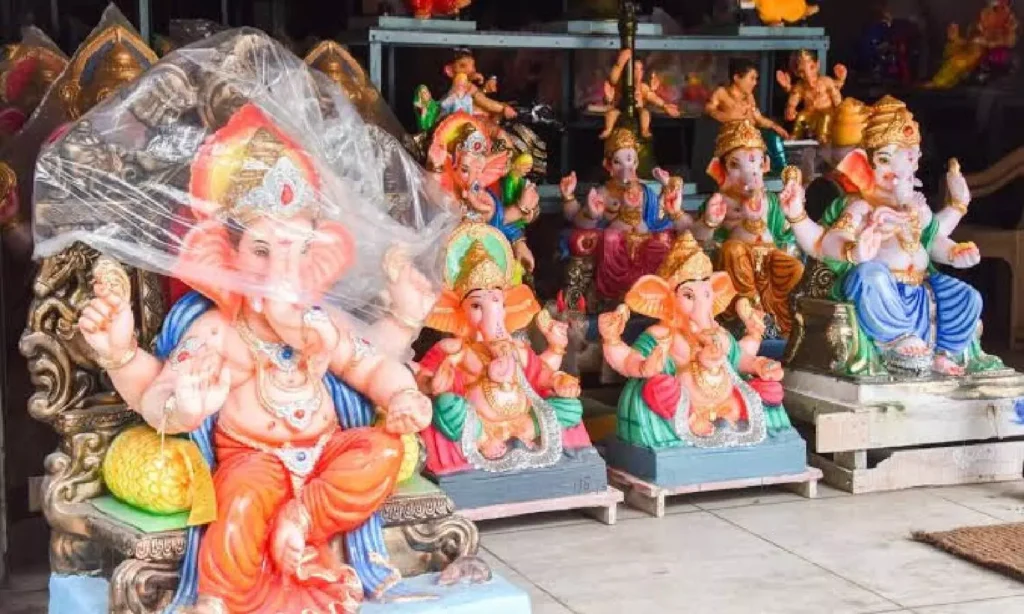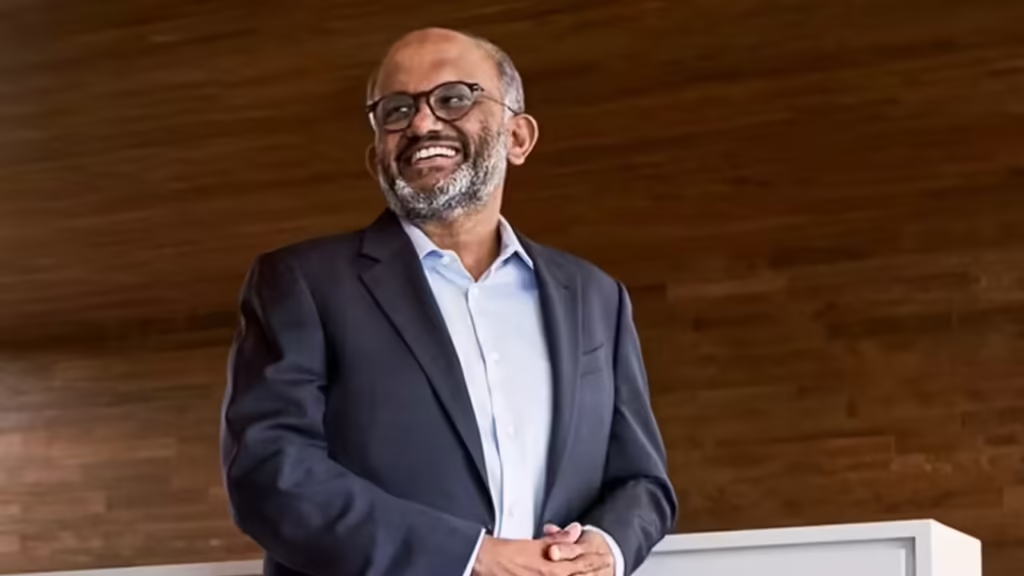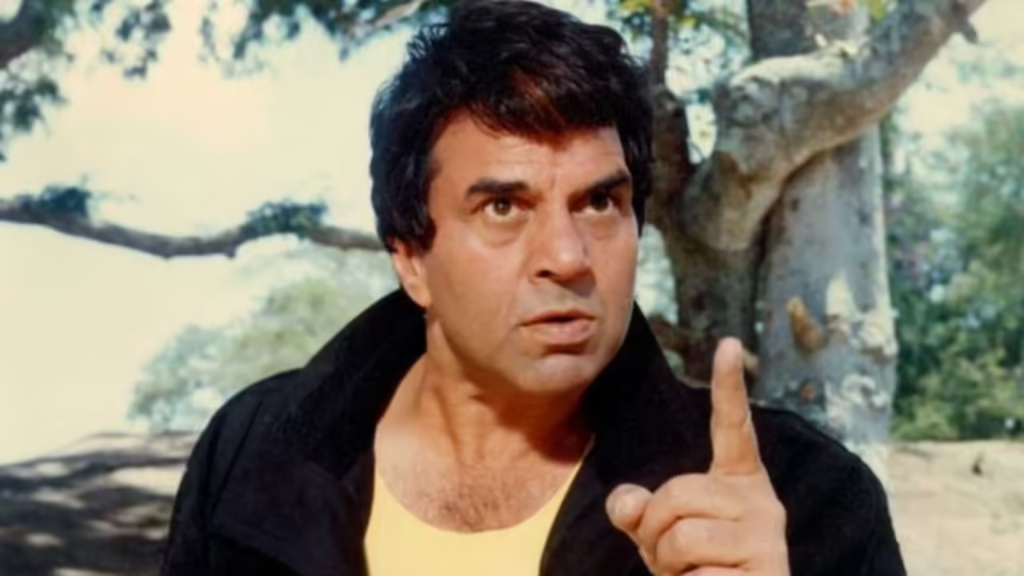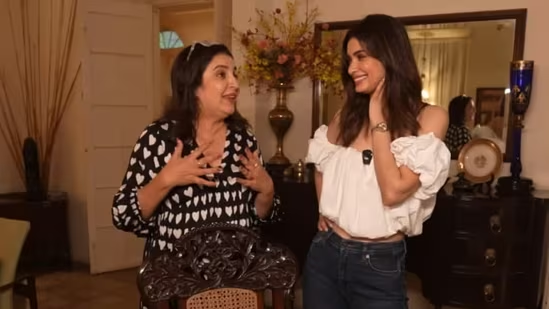Now Reading: Neeraj Pandey Slams AI-Edited Climax of Raanjhanaa, Calls It ‘Disrespectful’ to Art
-
01
Neeraj Pandey Slams AI-Edited Climax of Raanjhanaa, Calls It ‘Disrespectful’ to Art
Neeraj Pandey Slams AI-Edited Climax of Raanjhanaa, Calls It ‘Disrespectful’ to Art
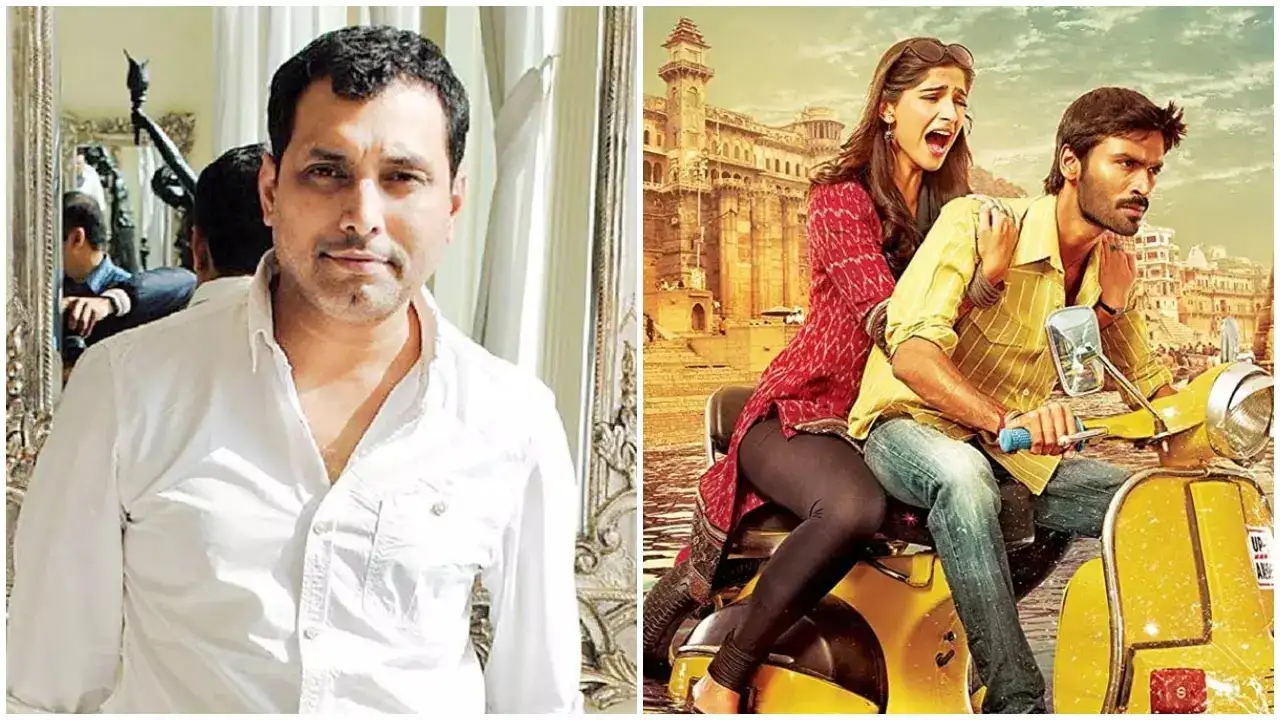
Filmmaker Neeraj Pandey has openly criticized the use of artificial intelligence to alter the climax of the 2013 film Raanjhanaa, calling it a disrespect to the original creators. The AI-generated version, which has recently gone viral, presents a rewritten ending to the film—something Pandey strongly objects to. His reaction has sparked a wider conversation around the ethical use of AI in cinema, especially as such tech becomes more accessible to the public.
What Sparked the Backlash
The controversy began when an AI-altered version of Raanjhanaa’s climax started circulating online. The new edit offers a drastically different outcome for the lead characters, which some viewers found emotionally satisfying. However, Pandey, who is not directly associated with the film but has spoken on behalf of the creative community, sees this as a dangerous trend.
According to him, rewriting a film’s ending using AI without the consent of its makers undermines the entire artistic process.
The Growing Role of AI in Indian Entertainment
With tools like deepfake and AI video editing gaining popularity, fans are beginning to reshape films, shows, and music. While some see it as harmless creativity or fan service, industry veterans view it as a threat to intellectual property and creative rights.
In India’s Tier 2 cities, where content creation is growing and young creators are experimenting with AI for local stories, this debate hits home. If AI is misused, it could devalue original storytelling and discourage new talent from investing in authentic narratives.
Creative Freedom vs. Technological Disruption
Pandey’s criticism taps into a larger issue—where to draw the line between fan enthusiasm and creative interference. The use of AI to ‘fix’ or ‘improve’ stories raises concerns about who gets to decide the final version of art. Filmmakers argue that storytelling is intentional and emotionally layered, not something an algorithm can re-edit at will.
At the same time, audiences—especially younger ones—are increasingly open to remix culture and alternative endings, which platforms like Instagram and YouTube amplify.
Conclusion
The debate over the AI-edited Raanjhanaa ending is more than just about one film. It highlights the growing tension between traditional storytelling and emerging tech. While innovation has a place in entertainment, Neeraj Pandey’s comments remind us that respecting the creator’s vision is non-negotiable. As Indian audiences evolve, especially in smaller cities with digital-first viewers, the industry may need clearer norms around how far AI should go in reshaping cinema.



